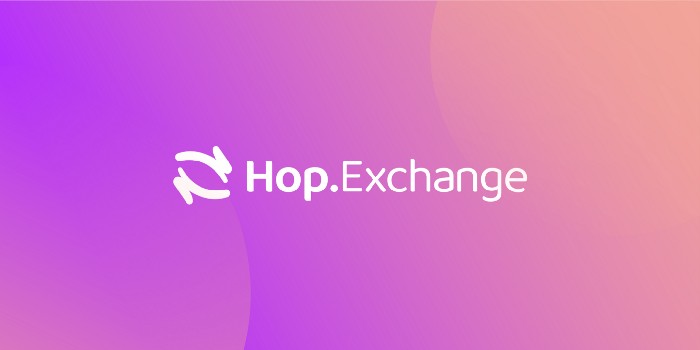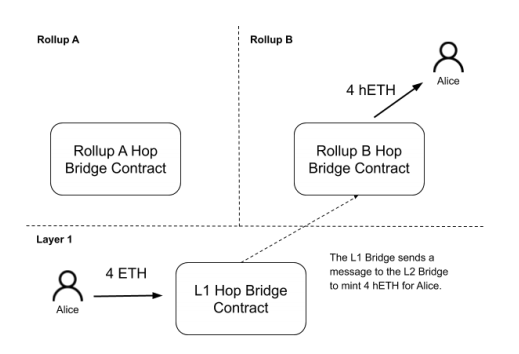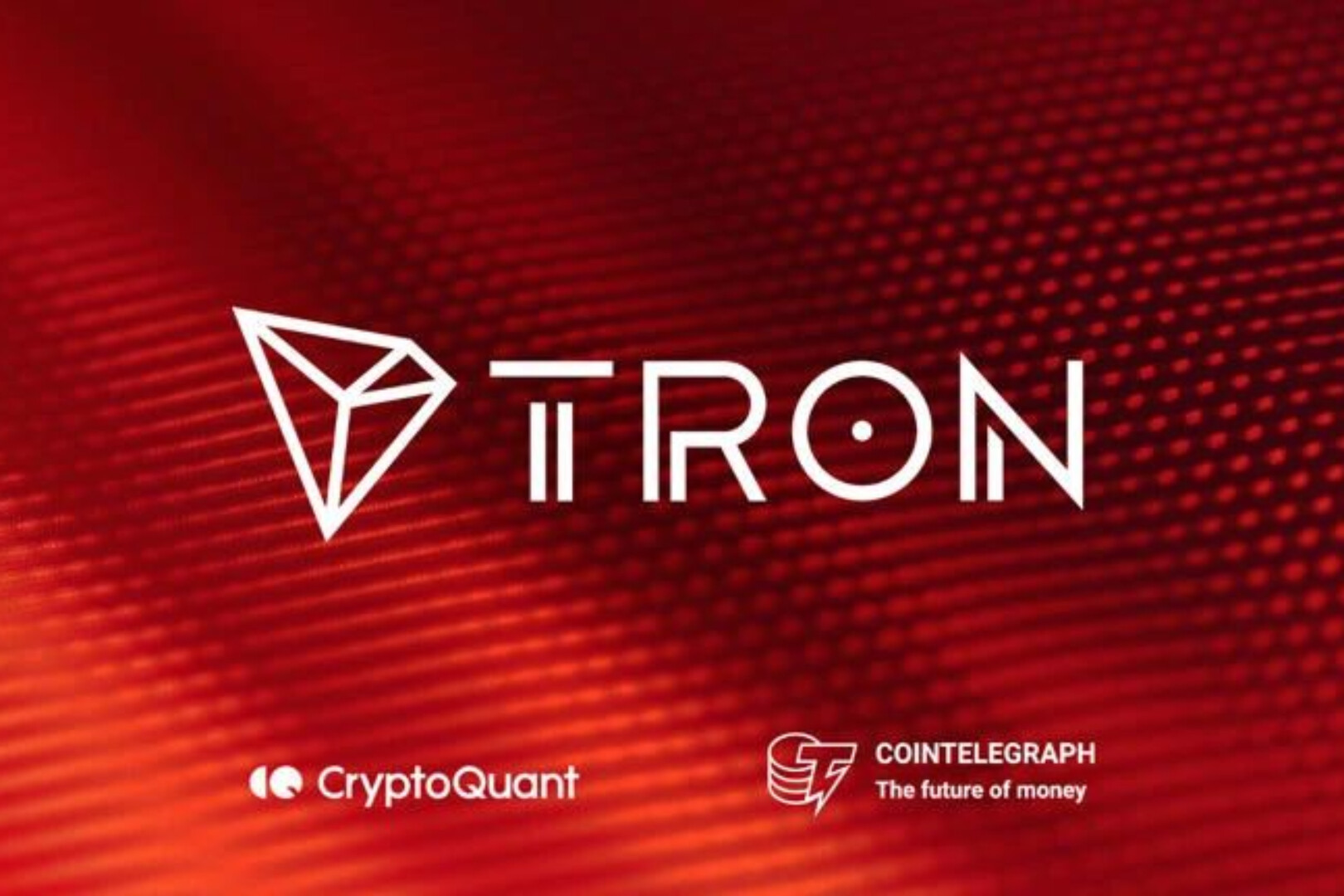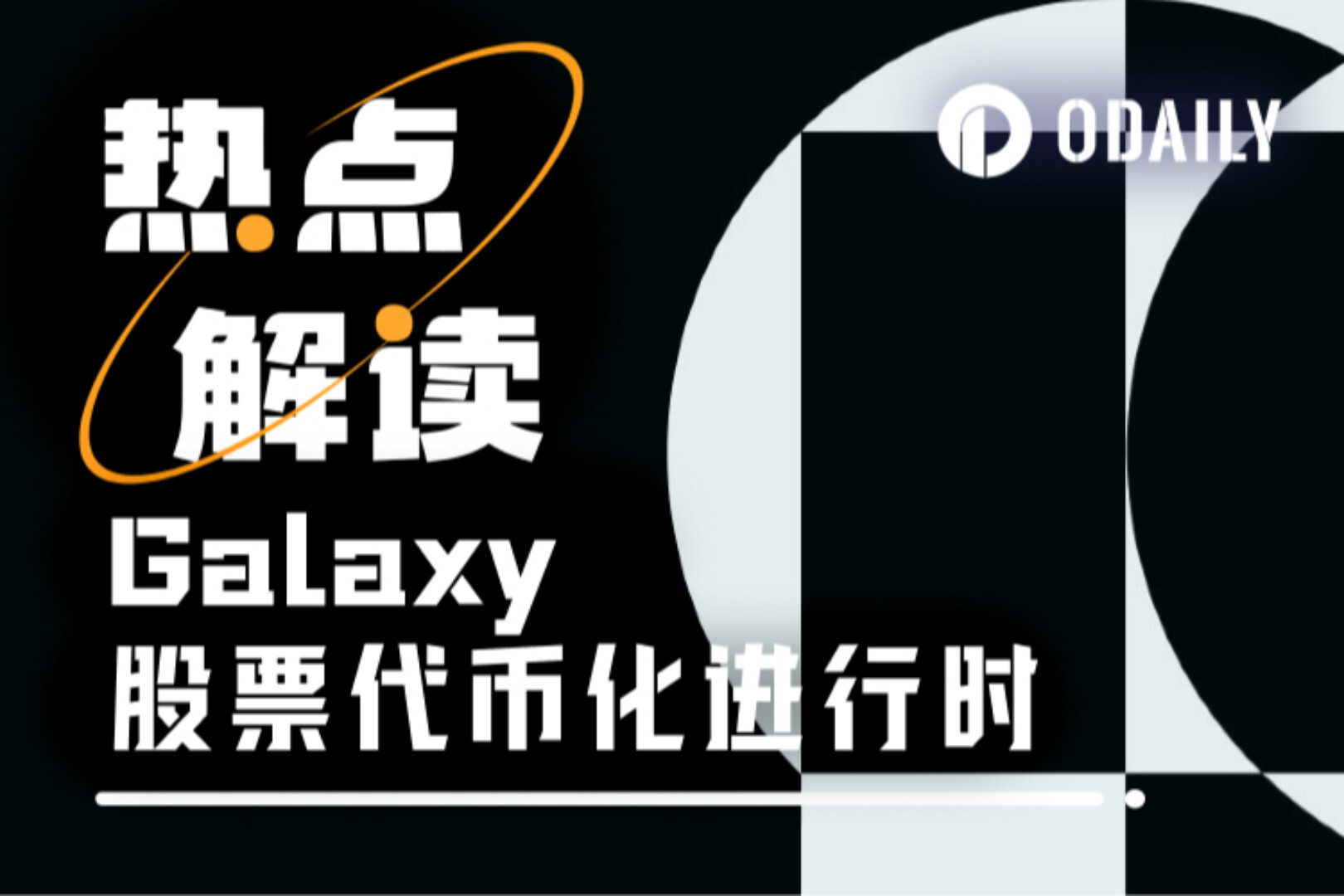On March 23, Beijing time, the Ethereum smart contract wallet project Authereum announced a business focus adjustment plan, which will suspend the registration of new users indefinitely, and recommends that old users withdraw cash as soon as possible. In the future, the development work of Authereum will be carried out around the Hop Protocol, and it is planned to open up the Layer 2 networks based on the Rollup scheme, bringing composability to the Ethereum's second-layer ecosystem.

Authereum has received US$1.1 million in seed round investment from Coinbase Ventures, Synapse Capital and other institutions, and launched a formal product last year, but the market response was mediocre. When talking about the reasons for the business adjustment, Autherum said that the original intention of the project was to allow ordinary people to easily access various applications on the Ethereum chain, but today, the high gas fees on the Layer 1 network are making most of the Ordinary users are shut out, and it costs more than $200 to register an Autherum account. The reality seems to be getting farther and farther away from its original intention.
Like most diehard Ethereum fans, Authereum believesLayer 2 expansion will be a reasonable solution to improve the throughput of the Ethereum network and solve the problem of high costs.As Optimism, Arbitrum and other projects are approaching, more and more DeFi have officially announced their own Layer 2 integration plans, and the era of the two-layer network seems to be coming.
But at the same time, the current problem of incommunicability between major Layer 2 networks has become more and more serious, and there are even voices saying that "today's Layer 2 network is splitting Ethereum."
Although in theory, users can borrow the Ethereum layer 1 network to transfer funds from one Layer 2 network to another Layer 2 network, but doing so will cause users to directly interact with the layer 1 network multiple times, which in turn requires payment Higher gas fees, and considering the withdrawal speed of funds in various second-tier networks, the actual experience will only be worse.
Authereum believes that direct interaction with the Ethereum Layer 1 network is too expensive for most users,The ideal state should be to allow users to enter and stay on the Layer 2 network forever.Therefore, how to solve the intercommunication problem between Layer 2 networks, allowing users to transfer tokens directly from one Layer 2 network to another Layer 2 network, and accessing diverse application ecosystems on different Layer 2 networks will become a new market need.
Based on this idea, Authereum launched the new project mentioned above - Hop Protocol. The basic solution of Hop Protocol is not complicated to understand, and can be roughly divided into two steps:
In the first step, Hop Protocol will create a special token hToken (such as hETH, hDAI, etc.) as a transfer bridge across major second-tier networks;
The second step is to create an AMM DEX on top of different Layer 2 networks to support free exchange between hToken and other assets based on the network.
The key to this solution is hToken. To generate this type of token, users need to deposit certain assets into the Hop Protocol on the Ethereum Layer 1 network, and then choose to create a corresponding amount on a Layer 2 network supported by the Hop Protocol. hTokens; hTokens can be used to redeem the basic assets at the same value on the first-tier network, and the hTokens on the second-tier network will be destroyed at the same time as the redemption; when the user wants to transfer hTokens between the second-tier networks, the corresponding Burned on the outgoing network and generated on the incoming network.

For example, if user A deposits 4 ETH into the Hop Protocol memory on the Ethereum Layer 1 network, he can generate 4 hETH on a Layer 2 network (such as Polygon) he wants to enter. At this time If a user wants to transfer their 4 hETH on Polygon to Optimism, the 4 hETH on the Polygon network will be destroyed, and 4 hETH will be generated on the Optimism network.
It is worth noting that in some cases, limited by the specific mechanism of the Layer 2 network itself, some transfers cannot be completed in time (such as fund withdrawal). The role of "Guarantor (Bonder)", which will pre-pay the liquidity required for the transaction, and will also receive certain incentives.
According to the official description, Hop Protocol's smart contract seems to have been developed and is currently under auditing. It is planned to launch the mainnet in April. At the initial stage of the agreement, Hop Protocol only supports Layer 2 expansion solutions that are compatible with EVM, and plans to integrate the four major networks of Optimism, Polygon (Matic), xDai, and Arbitrum. In the future, Hop Protocol will continue to explore cross-chain contract calls, improve system capital efficiency and gas efficiency, support Rollup solutions that are not yet compatible with EVM, and so on.
Finally, let’s talk about the token-related information that everyone cares about. Unfortunately, Odaily inquired about the Hop Protocol white paper and the official announcement that has been released so far. The project has not disclosed whether it will issue protocol tokens for the time being. If there is any relevant update, we will also make further reports as soon as possible, please stay tuned.





